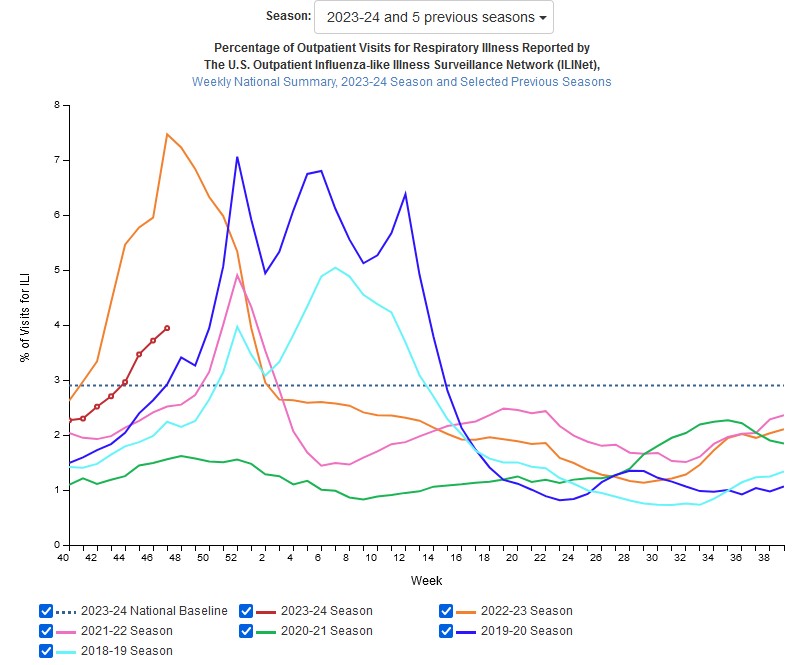The findings of a study yesterday in JAMA Network Open suggest that more than a third of young US adults had anxiety or depression during the COVID-19 pandemic, and economic and social uncertainty may have played a role.

This cross-sectional study consisted of a nationally representative online survey administered from April 2020 to August 2022. Researchers from Northwestern University and the University of Florida assessed symptoms of anxiety and depression via responses to two screening tools, the Generalized Anxiety Disorder 2 (for anxiety) and the Patient Health Questionnaire-2 (for depression).
40% of young adults expressed anxiety
Their analysis included 3,028,923 respondents. The investigators found likely anxiety disorders in 40% of adults 18 to 39, compared with 31% in those 40 to 59 and 20% in people 60 and older. They noted likely depressive disorders in 33% of the young adults, 24% of those 40 to 59, and just 16% in the oldest group.
They noted, "Levels declined throughout the pandemic period for those aged 40 years and older but remained elevated for younger adults…. Younger adults' anxiety and depression increased more than older adults' after surges in COVID-19 case counts but decreased less following vaccination against the virus."
The authors attributed about a third of the age gap among adults with depression and anxiety to economic precarity, found more often in young adults.
They conclude, "Economic precarity was associated with high anxiety and depression among younger adults in the US compared with older adults in the US. These findings suggest a need for greater mental health care and economic policies targeted toward younger adults."
Younger adults' anxiety and depression increased more than older adults' after surges in COVID-19 case counts but decreased less following vaccination against the virus.













